What's New In Robotics This Week - Feb 19

Posted on Feb 19, 2016 7:00 AM. 6 min read time
Humanoid robots for airplane manufacturing; Teaching robots human values through stories; Robotics Business Review publishes 2016 list of companies to watch; Room service robot a hit with guests; Japanese robotics and much more... Find out what's happening in our robotics universe this week. We hope that the news we have selected will interest and amuse you. Enjoy!
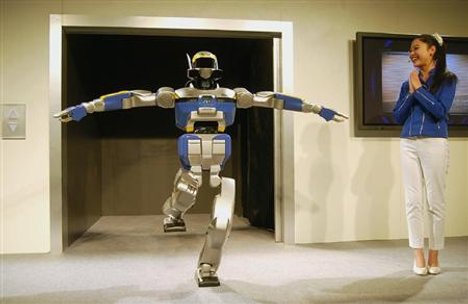
Airbus Plans Humanoid Robots For Its Aircraft Factories (Tech Week Europe)
Airplane manufacturer Airbus is doing further work on humanoid robots designed to perform non-critical assembly line tasks alongside human workers.
The company's COMANOID project, which kicked off last year and includes a partnership with Japanese and French robotics researchers, will require the development of "new algorithms to give the robots human-like hand-eye coordination skills" and is expected to deliver a robot by 2020:
“These algorithms will be tested on a set of use-cases drawn from different Airbus Group Divisions and plants, in which the realism and complexity will be increased every year,” said Airbus today.
Airbus said that by designing humanoid robots, the machines will also be capable of performing more physically demanding roles, like heavy lifting, freeing up labour for more valuable tasks.
Airbus Group Innovations (AGI), the research and technology wing of Airbus, said it wants to introduce humanoid robotic technology into aeronautical assembly lines to help its human workers.
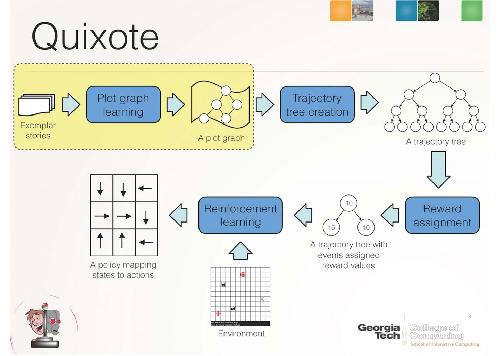
Using Stories To Teach Human Values To Robots (Science 2.0)
Researchers from the Georgia Institute of Technology have developed a system that enables robots to derive a set of ethical values from its reading of works of literature.
With the aim of teaching AIs how to behave in socially acceptable ways, the Quixote system trains robots to read stories and detect acceptable sequences of events.
Via a punishment and reward mechanism, the robot learns how to distinguish between successful and unsuccessful outcomes, much as children learn broad societal values from reading.
Quixote builds upon the AI behind the "Scheherazade system", which enables AIs to derive a correct sequence of actions by analyzing crowdsourced story plots from the Internet:
Scheherazade learns what is a normal or "correct" plot graph. It then passes that data structure along to Quixote, which converts it into a "reward signal" that reinforces certain behaviors and punishes other behaviors during trial-and-error learning. In essence, Quixote learns that it will be rewarded whenever it acts like the protagonist in a story instead of randomly or like the antagonist.
The Quixote technique is best for robots that have a limited purpose but need to interact with humans to achieve it, and it is a primitive first step toward general moral reasoning in AI.
This is fascinating research and not just because of the potential applications within robotics; as researchers work towards the development of artificial moral reasoning they raise interesting questions about how human morality and ethics operate.
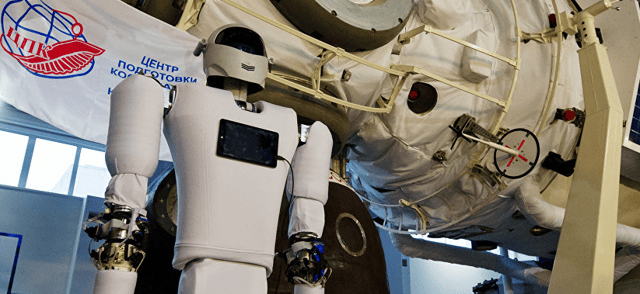
Russia Developing Remote Controlled Robot for Space Tasks (Sputnik News)
A robot designed to conduct complex operations on board a spacecraft is being developed in Russia. Remotely operated by a cosmonaut, the robot will also be able to perform spacewalks:
"A combat robot may be used not only on the battlefield but also in space. The work on the creation of a remote controlled robot that would be one of the crew members at the future Russian national orbital station, has been assigned," Rogozin [Russian Deputy Prime Minister] said.
This Room-service Robot is a Real Hit with Hotel Guests (Yahoo! Tech)
Such is the popularity of the room-service robot, Relay, that hotel guests are placing orders with hotel staff simply to see the robot in action, according to reports this week.
It's more good news for Savioke, the company behind the robot, which raised $15 million in its latest round of funding.
Rather than replacing human staff in the hotel, the robot (which is being used in 12 hotels across the United States) is freeing human hotel workers to take on other tasks:
"Tom Beedon, manager of a Residence Inn on Century Boulevard in LA, said his Relay robot, which staff have nicknamed Wally, received a recent upgrade so it can now also deliver Starbucks coffees, though toothpaste runs appear to be the bot’s main function. Some guests, it seems, are ordering items just so they can meet Wally and post pictures of him on social media. And no, it doesn’t take tips.
Beedon insists there’s no danger of Wally replacing human workers at his hotel. Instead, the robot actually gives staff more time to take on trickier tasks and chores around the site."

Highlighting Japan (Cabinet Office of Japan, PDF)
If you're looking for a light introduction to Japanese robotics this is a great place to start:
Japan is a true powerhouse in the realm of robotics, and robots for both industrial and social uses are an integral feature of life and work here. This issue focuses on the amazing technological advances Japan has made in robotics, how people here interact with robots, what changes those interactions have brought to the country, and what they can bring to the rest of the world.
U.S. Navy unveils robotic firefighter (CNN)
The U.S. Office of Naval Research has revealed further work on a humanoid robot designed for on ship firefighting and other tasks. Dubbed SAFFiR (Shipboard Autonomous Firefighting Robot), the 5'10" 143 lb robot is equipped with a range of sensors including a camera, a gas sensor and a stereo infrared camera that enables it to find its way through dense black smoke.
SAFFiR can handle fire suppressing equipment (including a fire hose) and throw propelled extinguishing agent grenades (PDF).
Although the robot can operate autonomously in many scenarios, human-robot collaboration is at the heart of its operation:
"The robot has the ability to do autonomous tasks, but we have a human in the loop to allow an operator to intervene in any type of task that the robot's doing," he said. "We're working toward human-robot teams. It's what we call the hybrid force: humans and robots working together."
Work on SAFFiR began back in 2012.
And Finally...
Watch DARPA's tiny drone do 45 MPH indoors, autonomously (engadget)
Plus:
Welcome to the Global RBR50 List for 2016 (Robotics Business Review) Hint: Robotiq made the list!
Robots: Changing Communities, Changing Lives (Caterpillar)
Hi-Tech Robots to help in surveillance in harsh areas like Siachen (India Times)
iPhone manufacturer Foxconn to play kingmaker for new robotics firms (ZDNet)
Wireless Communications with Unmanned Aerial Vehicles: Opportunities and Challenges (arxiv, PDF)




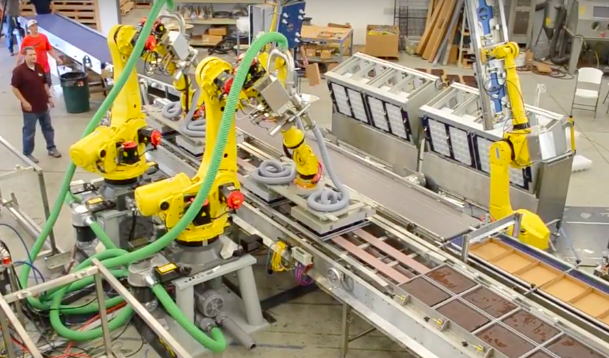

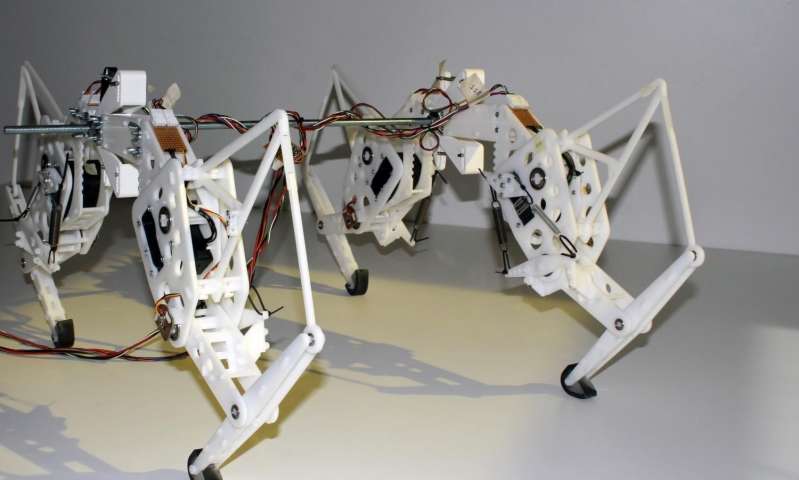

Leave a comment